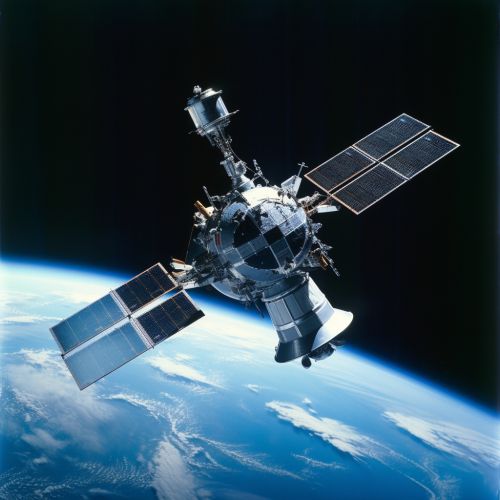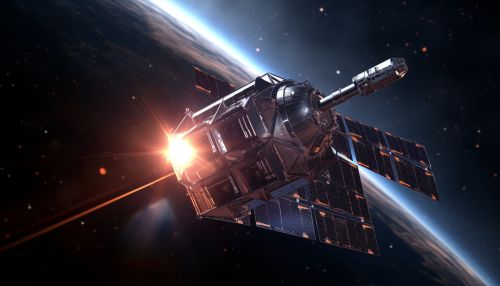Deep Space 1
Overview
Deep Space 1 (DS1) was a spacecraft launched by NASA on October 24, 1998 as part of the New Millennium Program, which was dedicated to testing a series of experimental technologies. The mission was primarily an engineering test flight, but it also carried a scientific payload, the Miniature Integrated Camera and Spectrometer (MICAS), which returned data from a flyby of the asteroid 9969 Braille and the comet Borrelly.


Mission Objectives
The primary objective of the DS1 mission was to validate the performance of twelve new technologies in space, which included Ion Propulsion, Autonomous Navigation System, and Solar Concentrator Arrays. The secondary objective was to fly by an asteroid and a comet to test the spacecraft's scientific instruments. The mission was a success, with the majority of the technologies performing above expectations.
Design and Construction
The DS1 spacecraft was built by Spectrum Astro, a company later acquired by General Dynamics. It was a compact, box-like structure, measuring 2.4 meters in length, 1.7 meters in width, and 1.2 meters in height. The spacecraft was powered by a pair of large, rectangular Solar Panels, which were deployed shortly after launch. The main propulsion system was an NSTAR ion engine, which used xenon gas as propellant.
Launch and Trajectory
DS1 was launched aboard a Delta II rocket from Cape Canaveral Air Force Station, Florida. The spacecraft's trajectory was designed to take it on a flyby of the asteroid 9969 Braille and the comet Borrelly. The spacecraft used its ion engine to make course corrections and to slow down for its encounters with the asteroid and the comet.
Encounter with 9969 Braille
On July 29, 1999, DS1 made its closest approach to the asteroid 9969 Braille, passing within 26 kilometers of the asteroid's surface. The spacecraft's scientific instruments, including the MICAS, were used to study the asteroid's composition, structure, and reflectivity. The data returned by DS1 provided new insights into the nature of asteroids and their role in the solar system.
Encounter with Comet Borrelly
On September 22, 2001, DS1 made its closest approach to the comet Borrelly, passing within 2,200 kilometers of the comet's nucleus. The spacecraft's instruments were used to study the comet's nucleus, its coma, and its tail. The data returned by DS1 provided valuable information about the composition and structure of comets, and about the processes that occur as a comet approaches the sun.
End of Mission
The DS1 mission officially ended on December 18, 2001, when NASA ceased operations with the spacecraft. The spacecraft remains in a heliocentric orbit, traveling around the sun once every 2.1 years.
Legacy
The DS1 mission was a major milestone in the history of space exploration. It was the first spacecraft to use an ion engine as its main propulsion system, and it was the first spacecraft to use autonomous navigation in deep space. The mission's scientific discoveries have contributed to our understanding of asteroids and comets, and its technological innovations have paved the way for future space missions.
